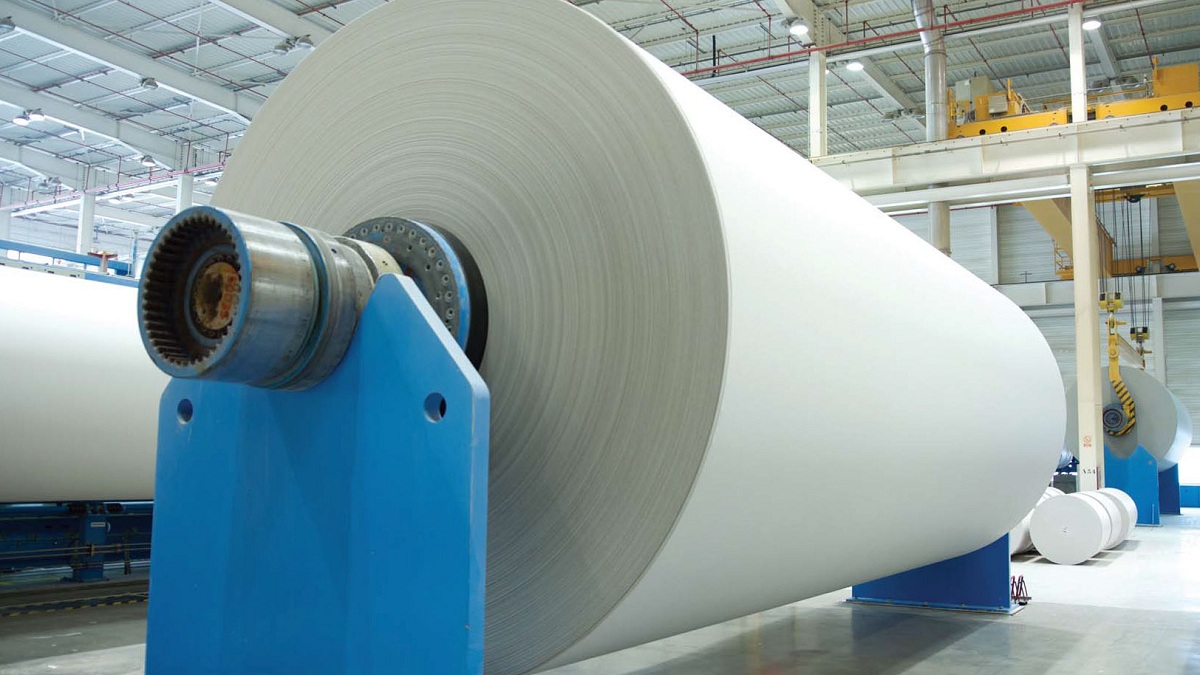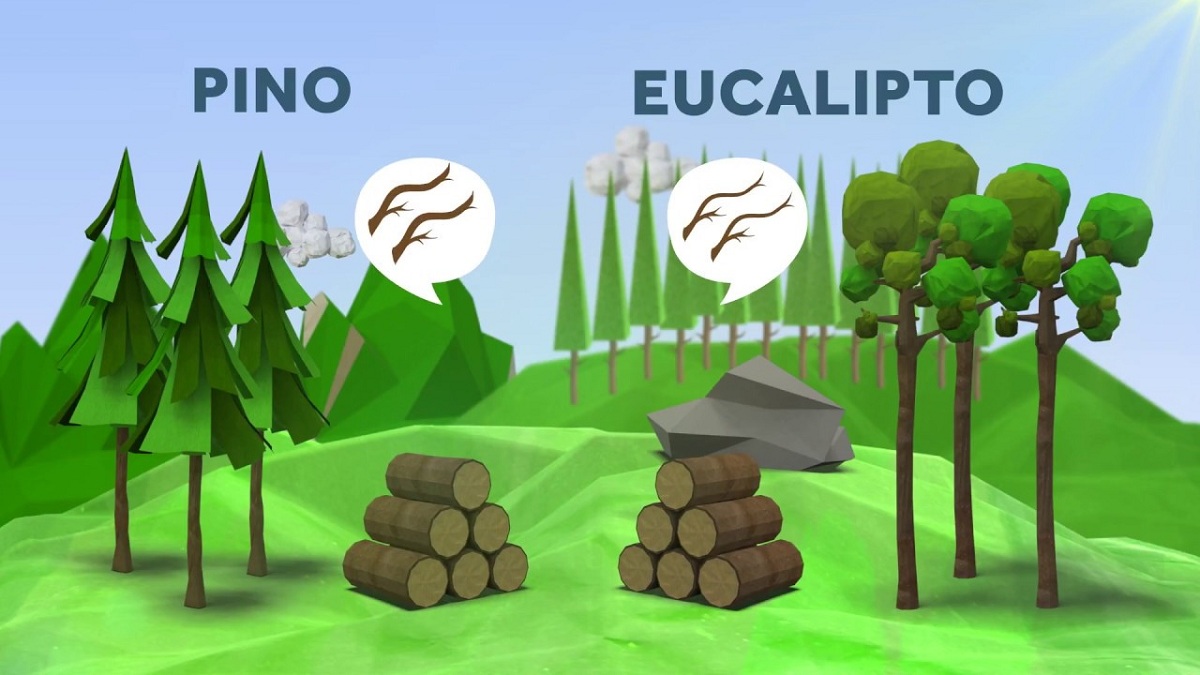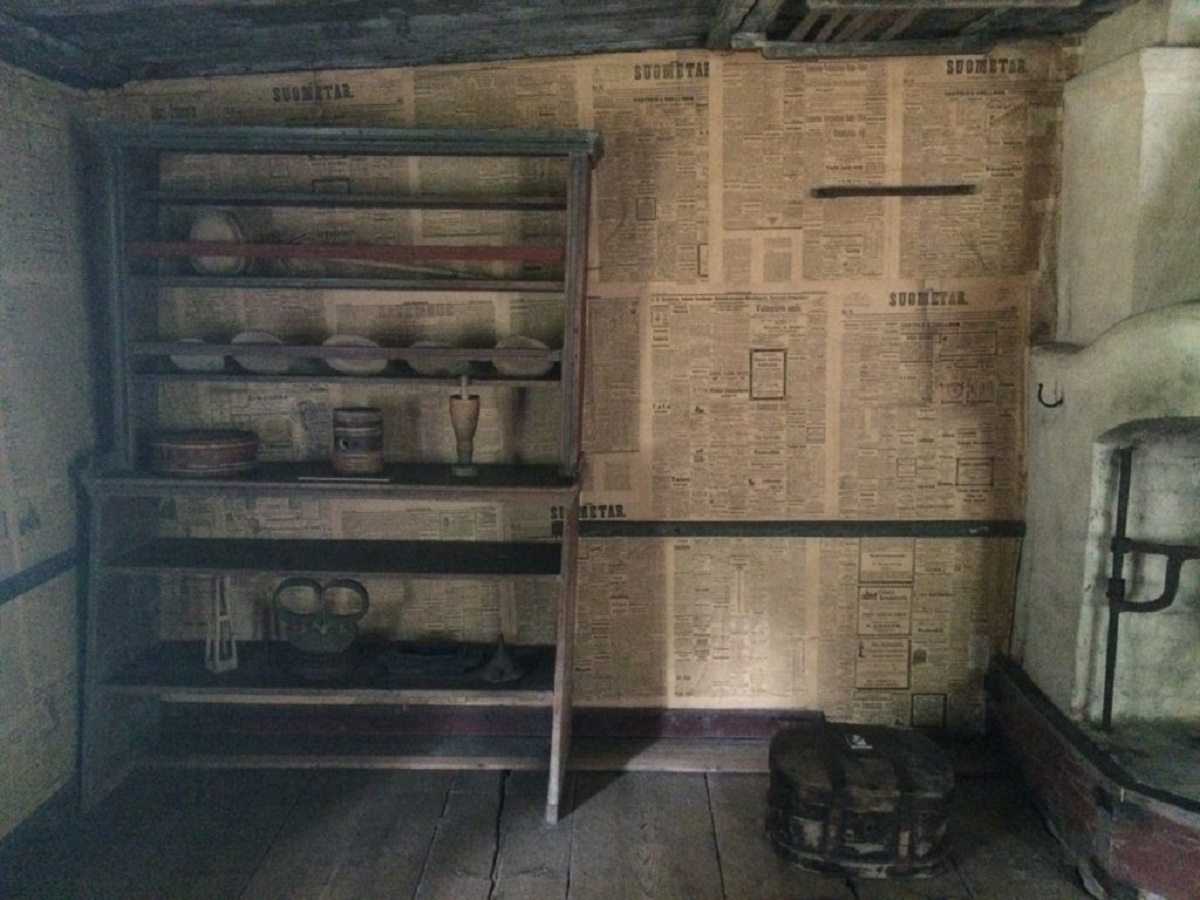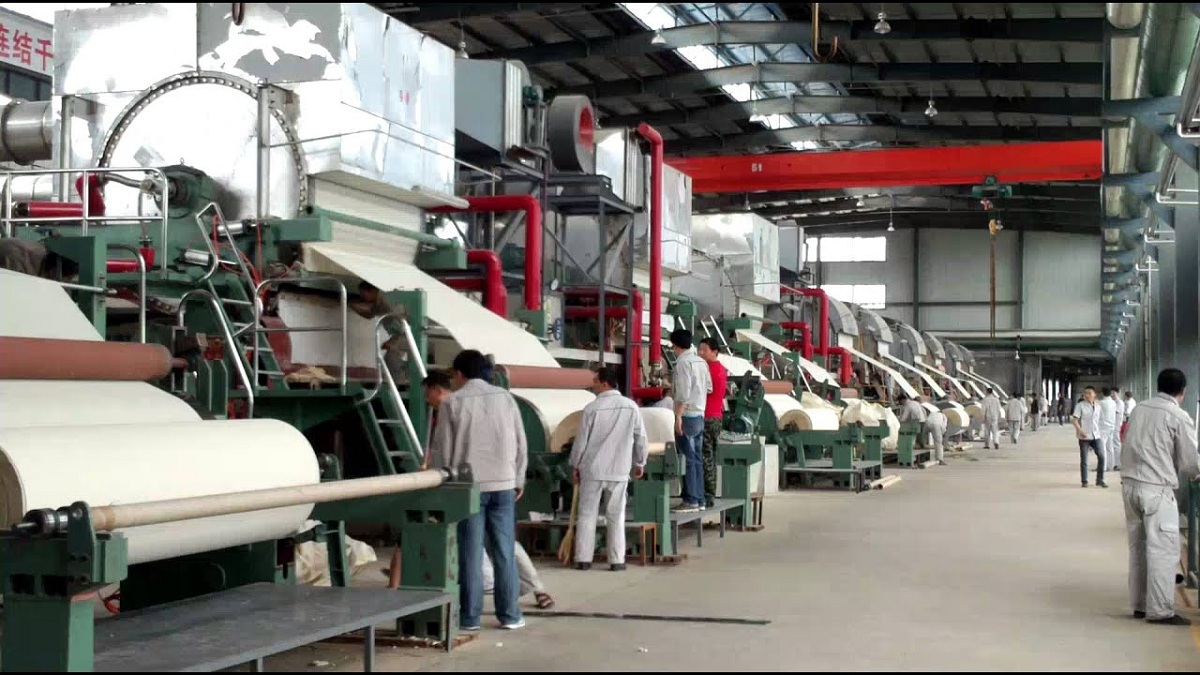
We all use paper on a daily or almost daily basis. However, few people understand the process by which paper is made and reaches our hands. There are different types of techniques that some materials involve to make paper. To know how the paper is made we must know some of the consequences of using this material.
In this article we are going to tell you how paper is made and what consequences it has for the environment.
How to make paper from a tree

We must understand that paper is made from trees from all over the world. Depending on the type of tree and wood you have, it can be used to make furniture or make paper. Wood has numerous types of uses depending on its nature and its demand. There is a large amount of raw material that is necessary to be able to manufacture it. What's more, its production is directly linked to the progressive deforestation of forests. To know how the paper is made and what processes it has to make the final result, we must ensure that we become aware of the importance of this product that is so essential for our lives but whose consumption we should limit in order to take care of the environment.
Although technology is reducing consumption globally, there is still a very large consumption of paper around the world. Morning newspaper, mail, copier copies, pizzas in cardboard boxes, cleaning with paper napkins, reading any magazine, cardboard cereal box, etc. The cardboard also comes from the same manufacturing process but with different guidelines. This consumption increases every day, although for our hope, it must also be said that the consumption of recycled paper increases.
Paper consumption around the world

It must be said that it is not consumed the same by everyone. For example, an average American uses about 340 kilos a year, making them the highest consuming people in the world. This sentence of all the paper that is produced in the whole world. In Spain we are not left behind. They cut about 5 million cubic meters of trees to create cellulose each year and about 6 million are consumed. The total production is not consumed in Spain, but around 20% is imported.
We know that some companies cut down virgin forests in order to produce paper for disposable products. Not only are they reducing forests and virgin forests, but they are also worsening environmental situations such as climate change. We must understand that climate change depends on many factors and the sum of them. Deforestation is one of the main causes of the increase in greenhouse gases in the atmosphere. It is normal that, as there are fewer trees than can retain carbon dioxide through the process of photosynthesis, said carbon dioxide increases its concentration in the atmosphere.
Main sources

This material is mainly made up of raw materials that are vegetable and fibrous. They are usually joined by a phenomenon that consists of solid reciprocal union of the fibers that compose it and lakes dries up. It is a hygroscopic material that can easily absorb all the water molecules present in its environment. Depending on the porosity of the paper, it can absorb more or less water or the ink or colors it supports. It can be enriched with glues, mineral fillers, colorants and different additives that also give it use characteristics.
This material comes mainly from various sources. Let's see what each of them are:
- Trees: There are different types of tree bark, although the preferred one is poplar. Hardwood trees such as oaks and maples are used for the paper we normally use in writing. However, those trees with a soft wood are used for packaging paper, cardboard, etc. About 15% of all these trees are planted for this purpose. The rest comes from trees that do not return to regenerate and forests are smaller each time.
- Leftovers: It is another of the methods for obtaining paper. Waste material such as sawdust can be used to make new cardboard, wrapping paper, and disposable products.
- Recycled paper: It is that paper that we have already used and discarded. In the United States, half of the paper that is used is recycled, although it is not a large amount. The white color of papers is one of the most polluting processes in manufacturing.
How the paper is made: step by step
We are going to learn what the procedure is. The most used material for the elaboration is the wood pulp coming from a soft wood such as the fir tree or the poplar. Depending on the intended use, other lives such as cotton, linen and hemp can also be used. The stages of creation are as follows:
- Fiber preparation: once the trees are felled the wood dies down to small pieces which are heated in a tank with water and various chemicals. These chemicals are responsible for producing the pulp.
- Whitening: Before the pulp is heated and dried, materials such as starch and clay are added to the mixture. This serves to add shine and strength to the paper. Finally, it can be bleached with bleach or bleach or some kind of chlorine. Hydrogen peroxide can also be used for bleaching, although it is too polluting a product.
- Forming and pressing: After the whitening process, the paper is put into a large coil to be able to press and the smoothness of the paper surface is obtained.
- Treatment and drying: is the last part to learn how to do the role. It goes through large coils to be able to cut it and dry it completely.
Not only felling and bleaching are polluting processes for the generation of paper, but also the derivative of transporting the product to the place of sale. Carbon dioxide limits transport the atmosphere and contributes to global warming and climate change.
The loser of this information may learn more about how the role is made.